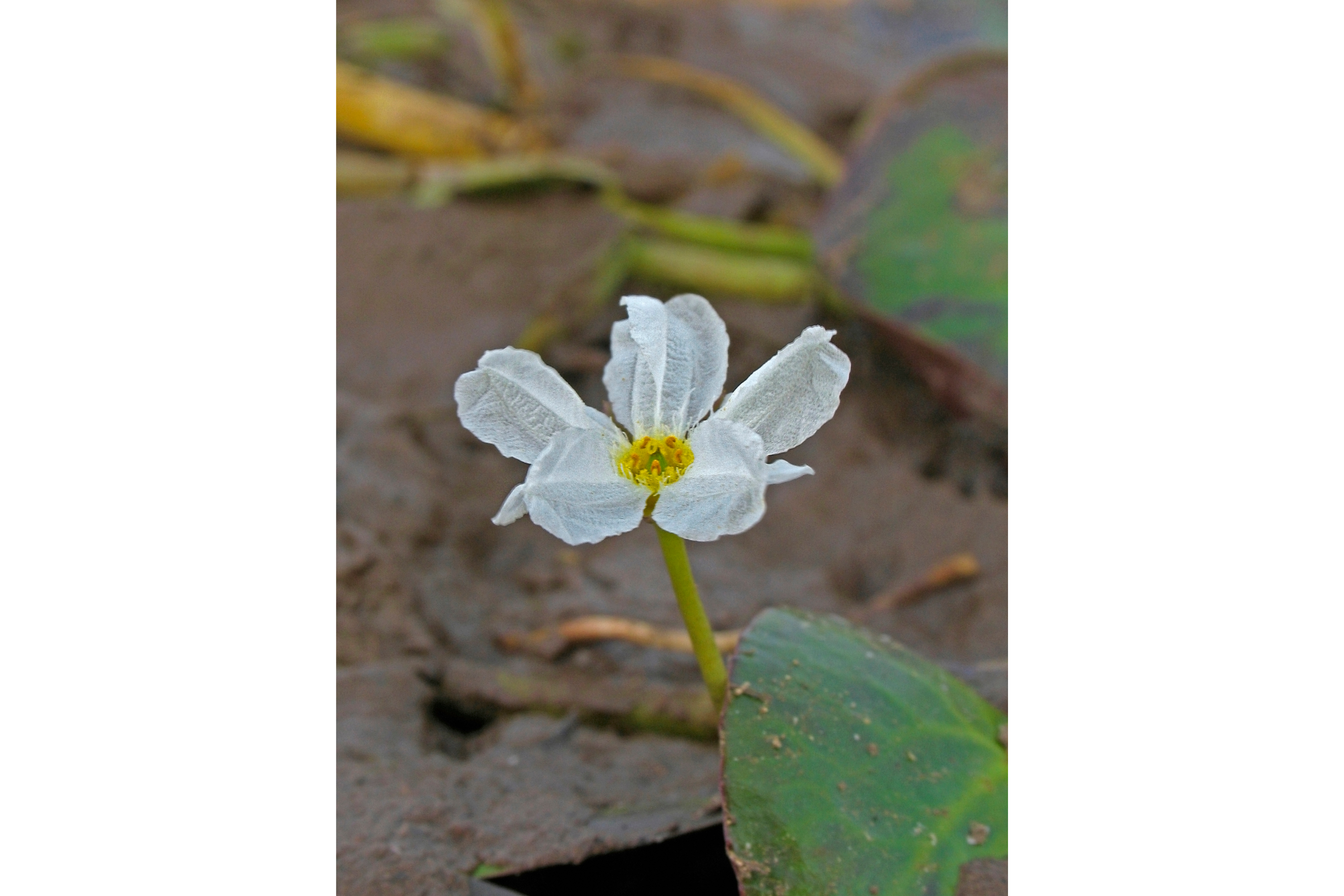"The banana plant "
(Nymphoides aquatica)

Description
Nymphoides aquatica is an aquatic plant in the Menyanthaceae, native to the southeastern United States from Texas to Maryland. It is known variously as the banana plant, banana lily, and the big floatingheart. It is most commonly called the banana plant because of its banana-shaped roots. These unusual roots store nutrients. A cluster of thick banana-shaped roots, located close to the leaves near the surface of the water. The Banana Plant has rounded leaves that have a notch at the base. They resemble small water lily leaves that can grow over a week or two. The leaves are green above and dull purple below in high light, and light green to yellow both below and above in low light conditions. It bears small white five-petalled flowers that arise from below the leaf. It is dioecious, with male and female flowers on separate plants. It is unusual in that it can be grown rooted or as a floating plant. It prefers a bright light and a tropical temperature range. It can be propagated from the runners that arise naturally or by dividing the rootstock. Although a perennial it is best replaced by new stock every 4 or 5 years. The rootstock should not be entirely buried in the substrate when planting. In the winter and in more shaded conditions, it forms submersed rather than floating leaves.
Taxonomic tree:







